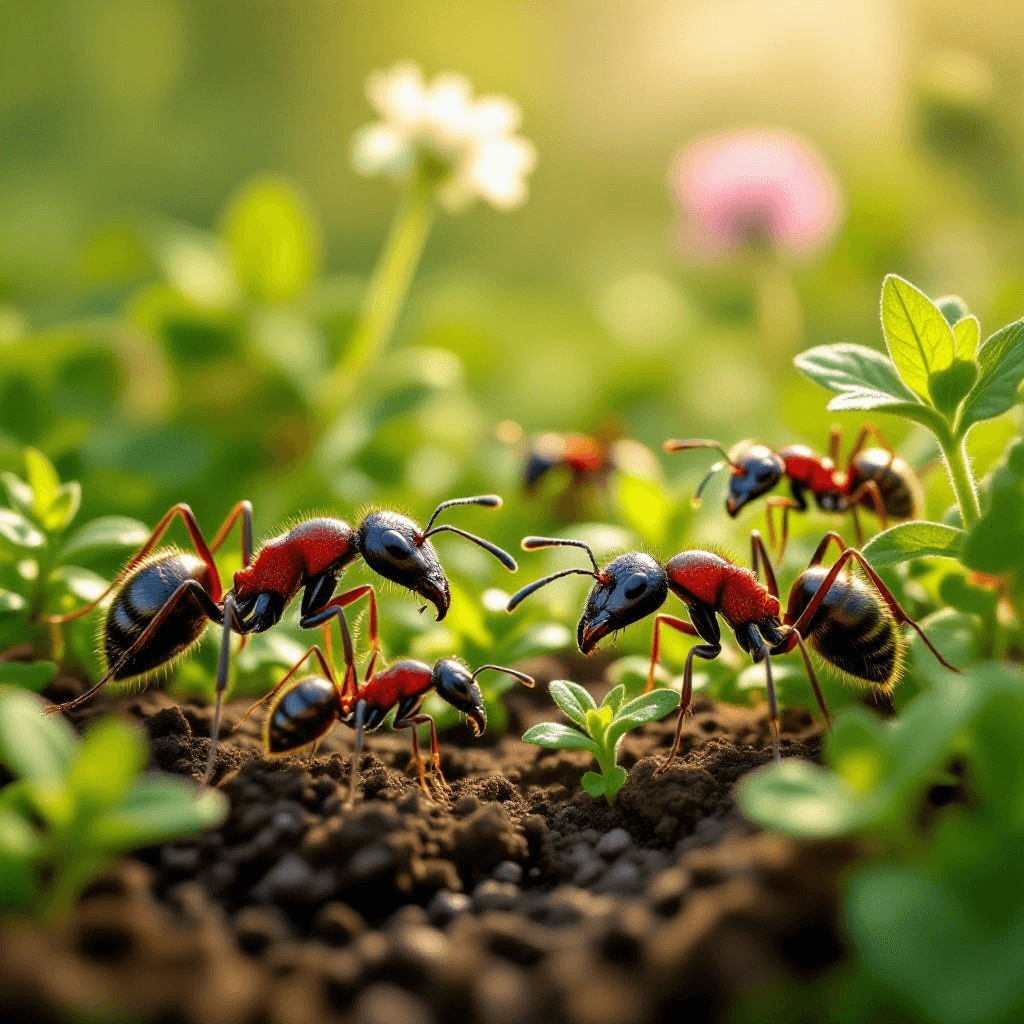What is Black Spot and Its Causes?
Black spot, scientifically known as Diplocarpon rosae, is a prevalent fungal disease that primarily affects rose plants. This ailment manifests through dark circular spots on the leaves, which may eventually lead to yellowing and premature leaf drop, significantly impacting the plant’s health and aesthetic appeal. Understanding the environmental and biological factors that contribute to the spread of this disease is crucial for effective management and prevention.
The conditions that foster the proliferation of black spot are often linked to humidity and temperature. Fungi thrive in warm and moist environments, making roses particularly vulnerable during periods of high humidity and rainy weather. Additionally, less than ideal environmental conditions, such as poor air circulation, can exacerbate the susceptibility of rose plants to black spot. Overcrowded gardens, where plants are spaced too closely, can impede airflow around the foliage, creating a conducive environment for fungal growth.
Certain biological factors also play a critical role in the disease’s spread. Specific rose varieties exhibit heightened vulnerability to black spot due to their genetic makeup, causing them to have less resistance against this pervasive fungus. As such, selecting rose species known for their resilience can be a proactive measure in disease prevention. Regular maintenance practices, including pruning for better airflow and avoiding water splash on foliage, can also reduce the likelihood of infection.
In conclusion, recognizing the interplay between environmental conditions, biological factors, and the genetic predisposition of certain rose varieties is essential to understanding black spot disease. By addressing these factors, gardeners can significantly reduce the incidence of black spot on their roses, ensuring vibrant and healthy plants. Continuous vigilance and appropriate management strategies will ultimately lead to better garden outcomes.
Identifying the Symptoms of Black Spot
Black spot, a prevalent fungal disease affecting roses, can significantly impact the health and aesthetic of these beloved plants. Identification of the symptoms is crucial for timely intervention and treatment. One of the most distinctive visual indicators of black spot is the appearance of dark, round spots, typically measuring about 0.5 to 1 inch in diameter, on the upper surface of the leaves. These spots often have fringed or irregular edges, which can serve as a clear sign of infection. As the disease progresses, the leaves surrounding the spots may turn yellow, a symptom often referred to as chlorosis.
Over time, the infection may lead to premature leaf drop, causing not only a striking loss of foliage but also weakening the plant’s overall health. It is essential to note that the severity of black spot symptoms can vary significantly. In mild cases, the spots may initially appear sporadically, mostly affecting older leaves. However, as the disease advances, it can rapidly spread across the plant, leading to extensive defoliation. The overall vigor of the rose plant can decline drastically, leaving it susceptible to other diseases and pests due to reduced foliage.
Additionally, environmental conditions play a critical role in the severity of black spot symptoms. High humidity and prolonged moisture create an ideal habitat for the fungus, potentially exacerbating the symptoms and leading to a more aggressive infection. Due to these factors, careful monitoring of your rose plants is essential, allowing gardeners to recognize the initial signs of this disease promptly. Early identification and response are vital in mitigating the adverse effects of black spot on roses and preserving their health and beauty.
Preventive Measures Against Black Spot
To effectively maintain a healthy rose garden, proactive strategies against black spot should be implemented. This fungal disease thrives in certain environmental conditions, making preventive measures essential for rose care. One of the foremost practices involves proper spacing between plants to enhance air circulation. Adequate space allows for improved airflow, reducing humidity levels that favor the development of black spot. When planting roses, consider spacing them at least 18 to 24 inches apart, depending on the variety, to promote airflow and lessen the chances of infection.
Watering techniques also play a crucial role in prevention. It is advisable to water roses deeply but infrequently, which encourages deeper root growth and minimizes surface moisture that could lead to fungal infections. Using a soaker hose or drip irrigation system can significantly limit moisture exposure on the foliage, further mitigating the risk of black spot. When watering, aim to wet the soil rather than the leaves, as wet foliage can promote the spread of fungal spores.
Sanitation should not be overlooked in a comprehensive rose care strategy. Regularly inspecting the garden for infected leaves and promptly removing them from the vicinity is critical. This practice reduces the chance of spores re-infecting healthy plants and helps halt the cycle of the disease. Moreover, utilizing resistant rose varieties can significantly lower vulnerability to black spot. Many modern cultivars are bred for disease resistance, offering a more robust option for gardeners concerned about this persistent ailment. Additionally, selecting suitable planting locations that provide adequate sunlight and drainage will further bolster your garden’s defenses against black spot. By implementing these preventive measures, rose enthusiasts can foster vibrant, thriving plants while minimizing the risk of black spot infection.
Treatments for Black Spot on Roses
Managing black spot on roses effectively requires a combination of chemical treatments and organic solutions. Chemical fungicides are one of the most common methods utilized to combat this fungal disease. These are specially formulated products available in garden centers, designed to eliminate the fungus and protect rose plants. It is crucial to apply these fungicides when the first signs of black spot appear, typically during the early spring when conditions for disease development are favorable. Follow the manufacturer’s instructions regarding dilution and application to ensure maximum efficacy.
For those who prefer a more natural approach, several organic treatments can be useful in addressing black spot. Neem oil, derived from the seeds of the neem tree, is an effective organic fungicide. It works by inhibiting the growth of the fungus and can be diluted with water and a mild soap to create a spray that can be applied directly to the affected leaves. Another popular solution is a baking soda mixture. Combining one tablespoon of baking soda with a teaspoon of vegetable oil and water can create a homemade fungicide spray, which may help inhibit fungal growth.
Regular monitoring of rose plants is essential to ensure that treatments are having the desired effect. If you notice that the symptoms of black spot persist despite treatment, it may be indicative of a deeper issue or the need for a different approach. In such cases, consulting a gardening professional or a plant pathologist can provide guidance tailored to your situation. They can offer advice on more specific treatments or suggest cultural practices that may prevent recurrence.
Ultimately, maintaining diligent care, including proper watering and pruning, alongside these treatments, can significantly mitigate the impact of black spot on your roses, resulting in healthier blooms and foliage.


